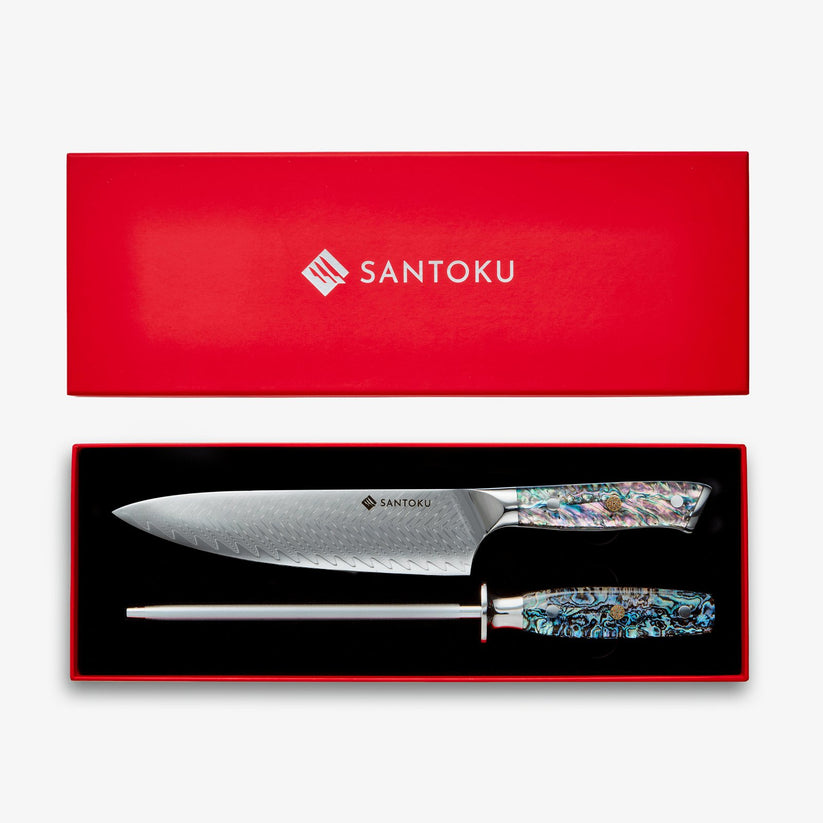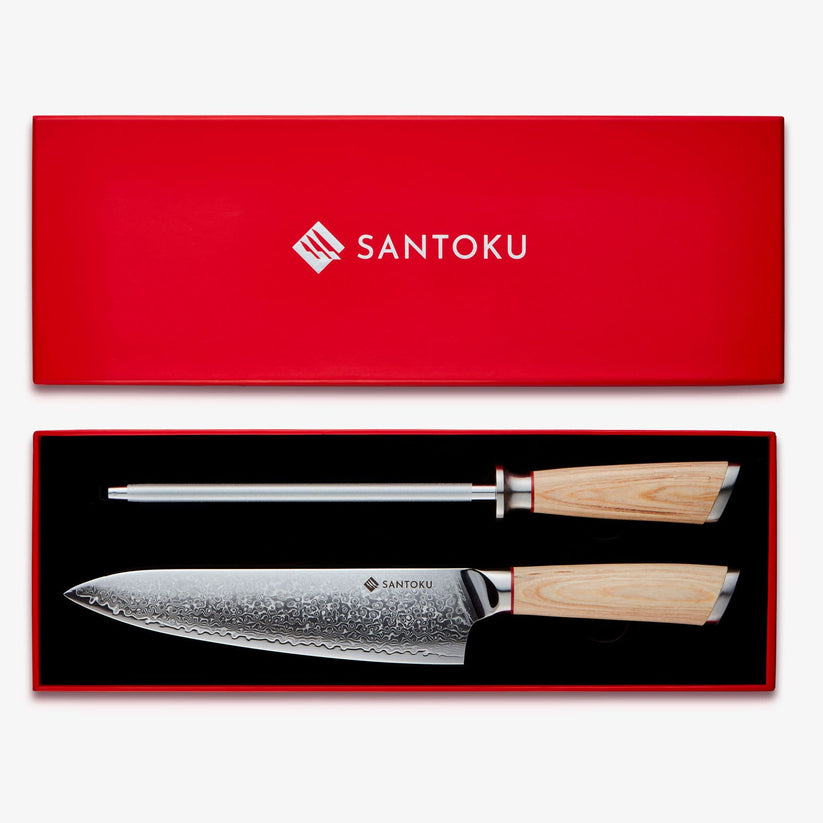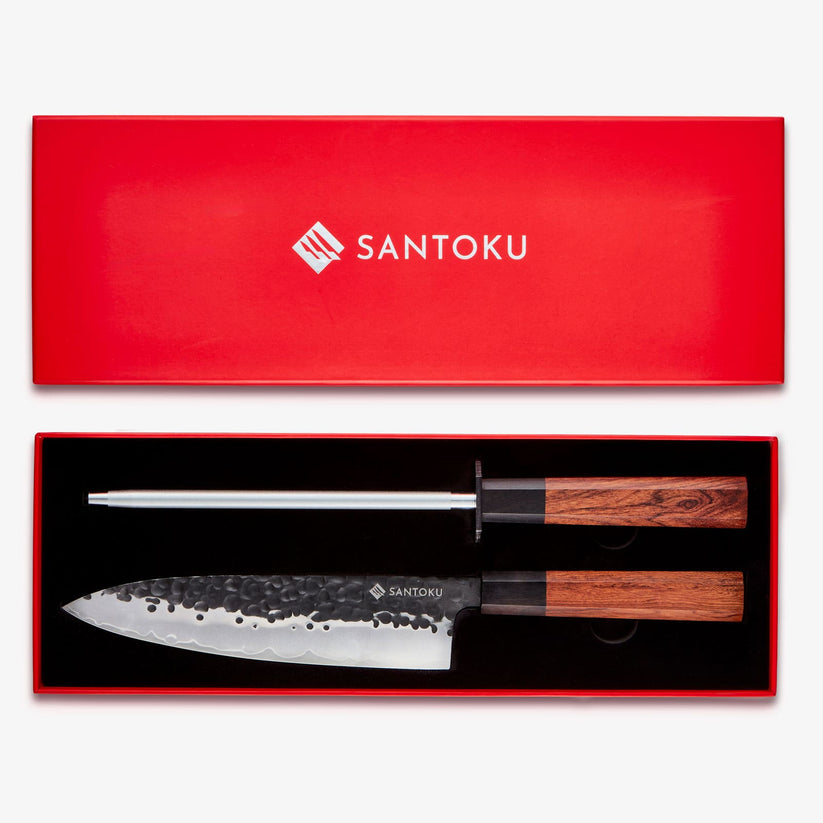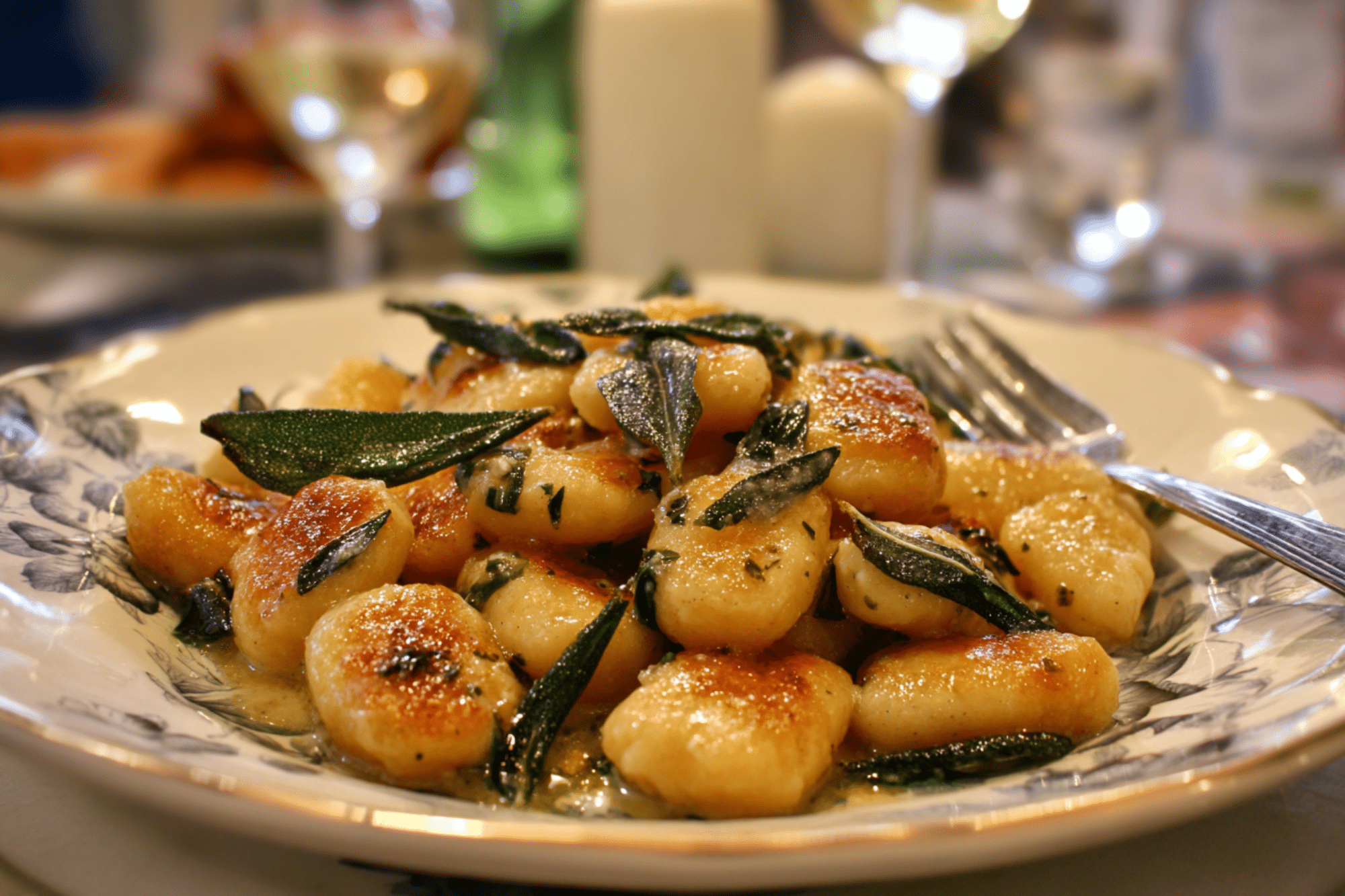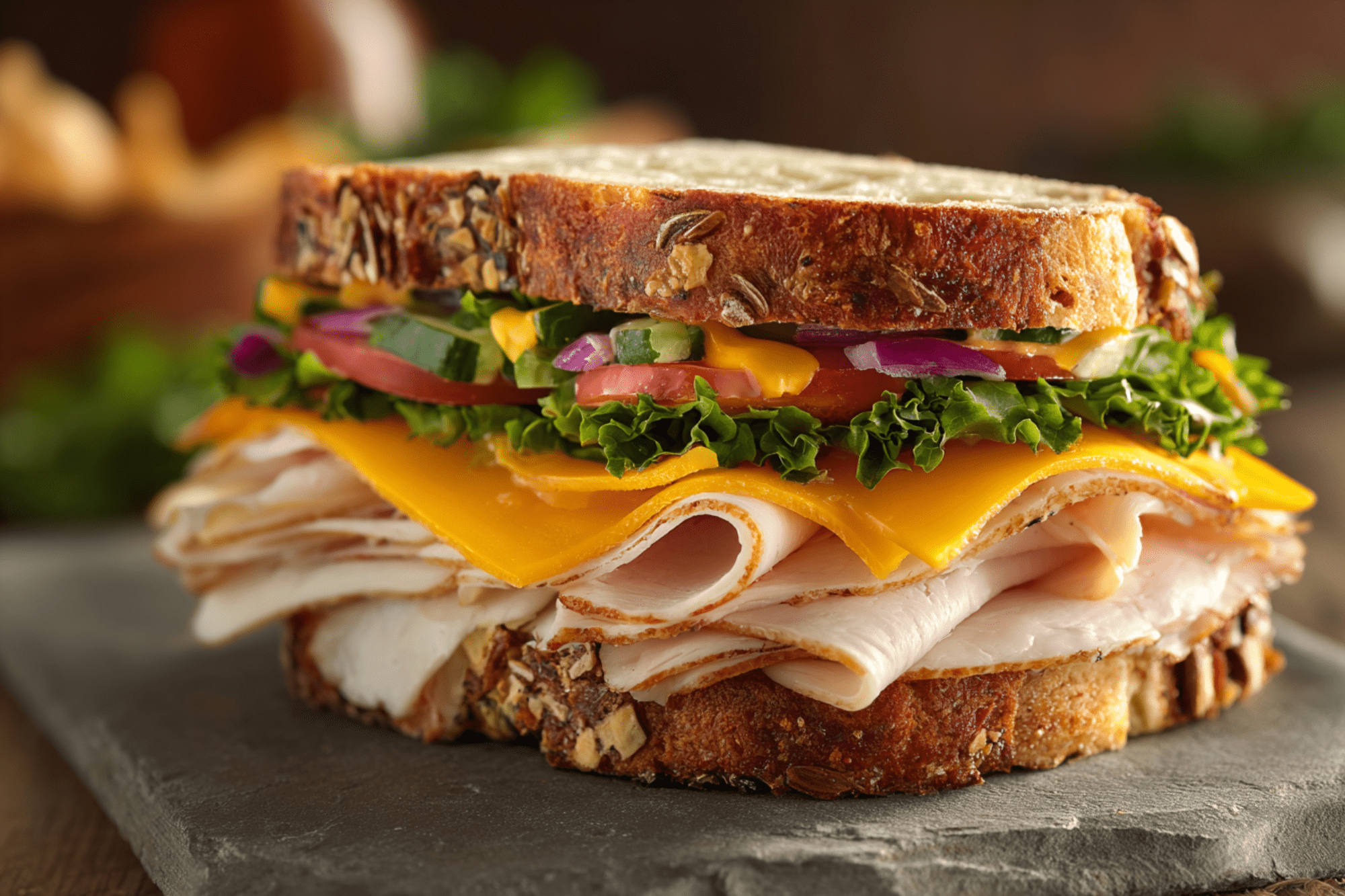
10 Tips to keep in mind when cooking
- Choose firm and vibrant bell peppers for best results.
- Rinse quinoa thoroughly to remove bitterness.
- Customize the filling with your favorite Mediterranean ingredients.
- Use a fine-mesh strainer for rinsing quinoa to ensure it's properly cleaned.
- Taste and adjust the seasoning of the filling before stuffing the peppers.
- Consider parboiling the bell peppers for a softer texture.
- Add a squeeze of lemon juice for a refreshing touch.
- Top with cheese for extra flavor.
- Tent with foil during baking to prevent excessive browning.
- Let the stuffed peppers rest before serving to allow flavors to meld.
Serving suggestions
Greek Stuffed Peppers can be served as a standalone dish, but here are some suggestions to enhance your meal:
- Side Salad: Pair the stuffed peppers with a refreshing Greek salad featuring cucumbers, tomatoes, red onions, and a lemon-herb vinaigrette.
- Tzatziki Sauce: Serve with a side of tzatziki sauce for dipping or drizzling over the peppers.
- Garlic Roasted Potatoes: Accompany the peppers with garlic-roasted potatoes for a hearty and flavorful meal.
- Greek-style Couscous: Prepare a batch of couscous flavored with lemon, olives, and fresh herbs as a tasty side dish.
- Grilled Vegetables: Serve alongside grilled vegetables like zucchini, eggplant, and bell peppers for a complete Mediterranean feast.
FAQ'S
Q: Can I make Greek Stuffed Peppers ahead of time?
A: Yes, you can prepare the stuffed peppers in advance and store them in the refrigerator before baking. When ready to serve, simply bake them according to the recipe instructions.
Q: Can I freeze Greek Stuffed Peppers?
A: Yes, you can freeze stuffed peppers for later consumption. After baking, let them cool completely, then wrap each pepper individually in plastic wrap or foil before placing them in a freezer-safe container. Thaw in the refrigerator overnight and reheat in the oven when ready to eat.
Q: Can I use a different type of grain instead of quinoa?
A: Absolutely! While quinoa is commonly used in this recipe, you can substitute it with other grains like rice, couscous, bulgur, or even a grain blend of your choice. Adjust the cooking time and liquid requirements accordingly.
Q: How do I make Greek Stuffed Peppers vegan?
A: To make the recipe vegan, simply omit any dairy or animal-based ingredients. Use a plant-based oil instead of butter, skip the cheese topping or use a vegan cheese alternative, and ensure the other ingredients are vegan-friendly.
Q: Can I use a different variety of bell peppers?
A: Yes, you can use different colored bell peppers, such as red, yellow, or orange, to add visual appeal. Each color may slightly alter the taste, but they all work well for stuffing.
Q: How do I prevent the stuffed bell peppers from tipping over during baking?
A: To prevent the peppers from tipping over, choose bell peppers with flat bottoms or carefully trim a small portion from the bottom to create a stable base. You can also use a baking dish that holds the peppers upright during cooking.
Q: Can I add meat to the filling?
A: Yes, if you prefer a meat-based filling, you can incorporate cooked ground meat like lamb, beef, or chicken into the quinoa mixture. Ensure the meat is fully cooked before combining it with the other ingredients.
Q: How do I reheat leftover Greek Stuffed Peppers?
A: To reheat leftovers, place the stuffed bell peppers in a microwave-safe dish and heat them in the microwave until warmed through. Alternatively, you can reheat them in a preheated oven at 350°F (175°C) for about 15-20 minutes.
Q: What are some variations I can try with the filling?
A: The filling can be customized to your liking. You can add additional Mediterranean ingredients such as artichokes, capers, or roasted red peppers, or experiment with different herbs and spices for added flavor.
Q: Are Greek Stuffed Peppers suitable for a gluten-free diet?
A: Yes, Greek Stuffed Peppers are gluten-free as long as you ensure that all the ingredients used, including the seasonings and any optional add-ins, are certified gluten-free.

